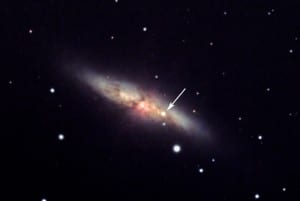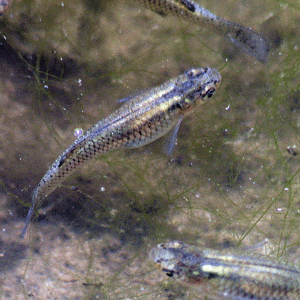On supernovae and serendipity
By Oli Usher, on 24 March 2014
Fresh from his discovery in January of Supernova 2014J while at UCL’s University of London Observatory, Dr Steve Fossey spoke about ‘Supernovae and serendipity’ at a Physics Colloquium on 12 March.
When introducing Dr Fossey, the observatory’s director Professor Ian Howarth explained how he wanted to set some facts straight.
The discovery of Supernova 2014J was no fluke, he said, and the press release that said it was a happy accident (written by yours truly) was wrong, along with all the coverage that followed.
Like all good jokes, this one had a large kernel of truth (so Ian, if you’re reading, no hard feelings!): even if first chancing upon the supernova was a stroke of luck, what happened next, both on the night of the discovery at UCL and in the days that followed at observatories around the world, was not.
I bring this up because the story of what happened after the discovery is in many ways more interesting than what happened on the night.
Supernovae, Dr Fossey explained, are all caused by a star becoming unstable and exploding, but the reasons for the instability, and the properties of the explosion, vary. And in those variations lie this one’s importance.
 Close
Close




